Andretti and Cadillac are knocking on the door of Formula 1. If they manage to push it open and earn a place on the grid, they’ll become the eighth American outfit to infiltrate the F1 circus. (Technically, there have been many one-off US entrants, since the Indianapolis 500 was once part of the F1 World Championship in the early 1950s.)
For the sake of simplicity, let’s dissect – and rank – the seven teams that attempted to contest a full season.

7. Scarab Formula 1
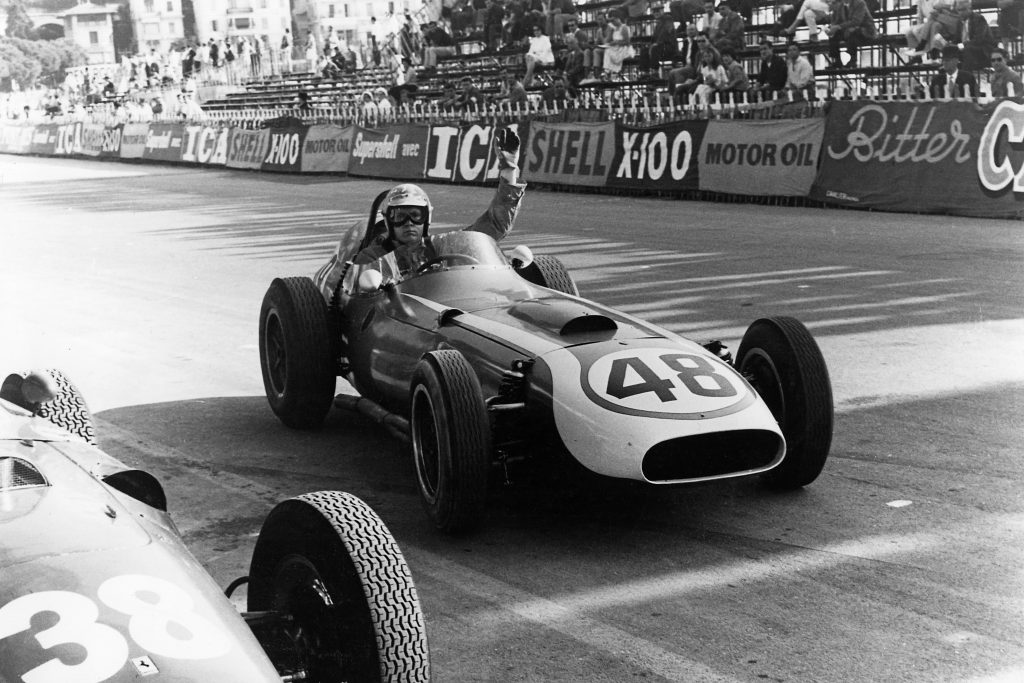
American playboy Lance Reventlow was car-obsessed from an early age. Stepson to Cary Grant and a close friend of James Dean, Reventlow was heir to the Woolworth fortune and flush with connections, money, and ambition. In the late 1950s, he established Reventlow Automobiles Inc. in Venice, California.
His impossibly sleek Scarab was the first American-built F1 car. Sadly, it was a front-engine roadster, in an era when most of the competition put the engine behind the driver, and the Goosen-built four-cylinder left it woefully underpowered.
After qualifying for one race and completing just one racing lap, Reventlow pulled out of F1 for good. In 1962, he closed his American operation and leased his California digs to Carroll Shelby.
6. Team (Carl) Haas
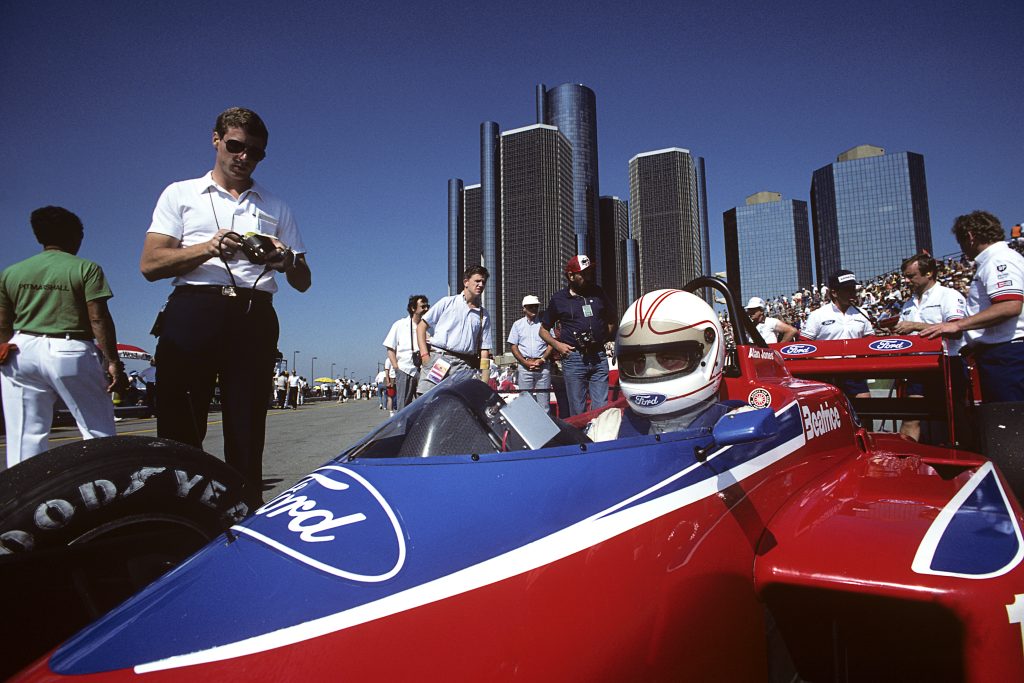
When perennial IndyCar contender Carl Haas (no relation to current team owner Gene Haas) secured turbocharged Ford engines and backing from American food giant Beatrice, the Formula 1 family took notice. Even world champion Alan Jones was lured out of retirement to drive for the 1985 effort run by ex-McLaren man Teddy Mayer.
Unfortunately, Jones was past his prime. Haas did one full season in 1986 with a highest finish of fourth. Then, Beatrice pulled its funding and the Haas outfit vanished.
5. Vel’s Parnelli Jones Racing
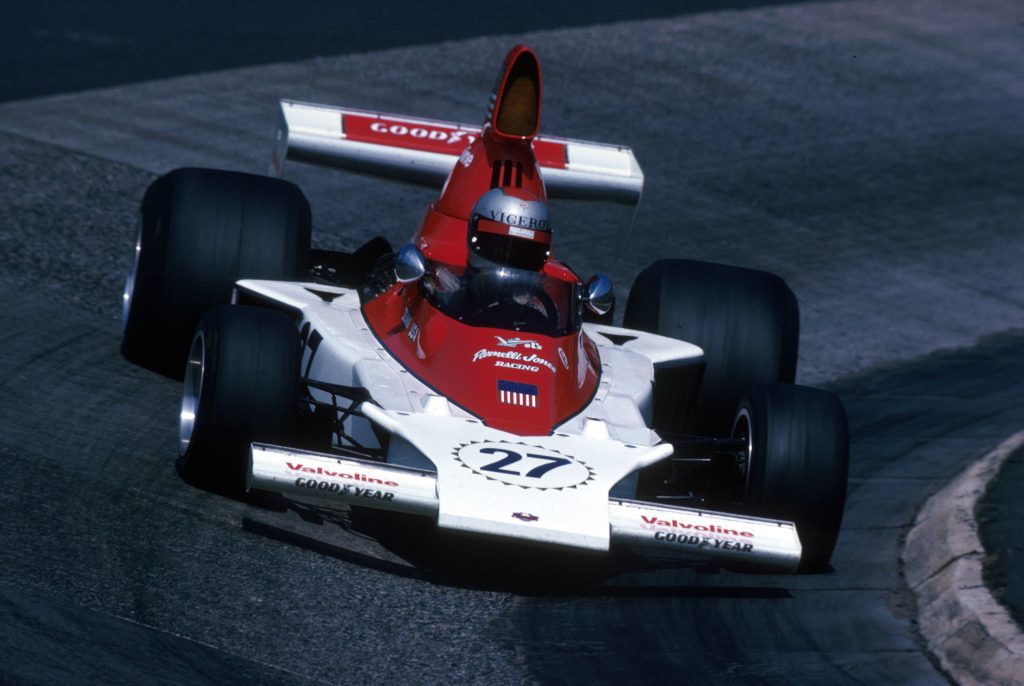
Vel’s Parnelli Jones Racing was a force in the IndyCar series. After some early success in the series, the troop ventured into F1 at the end of the 1974 season. On paper, things looked good: Former Lotus man Maurice Philippe designed the car that three-time USAC champion Mario Andretti would drive. And the team would operate out of a British base in Norfolk.
With sponsorships from Viceroy cigarettes and Firestone tyres, the Ford Cosworth DFV–powered VPJ4 showed promise in 1975. Andretti was dominating the Spanish Grand Prix when his suspension failed.
Things looked good for 1976, that is, until the team’s main backer Firestone pulled out, and Parnelli decided to quit after the season’s third round. According to lore, Andretti first learned of his impending unemployment when he was informed by a journalist. Ouch.
4. Haas F1
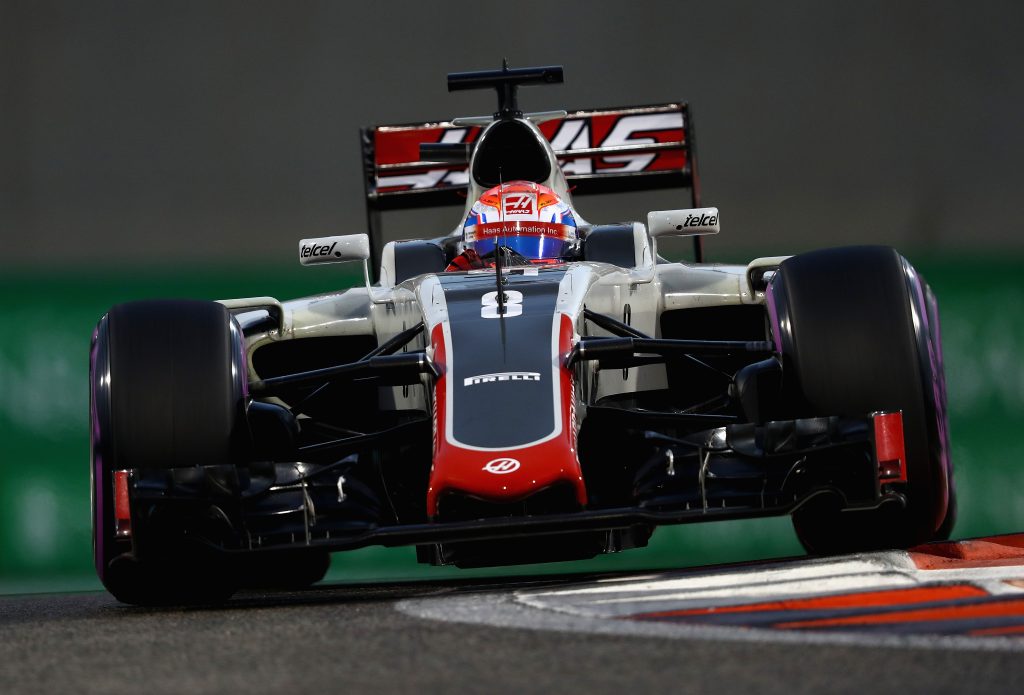
This year marks Haas Formula LLC’s eighth season in Formula 1. The group’s HQ is based in North Carolina with an operations workshop in Banbury, the market town an hour north of London. Haas also has a design office at Ferrari’s base in Maranello.
Haas utilizes the Italian team’s engines and resources while still complying with F1’s rules. In 2018, it finished fifth in the constructors’ championship, its best result yet. Still, a Haas driver has yet to finish in the top three, and only in the penultimate race of 2022 did the team score its first pole position.
3. Gurney’s Anglo-American Racers
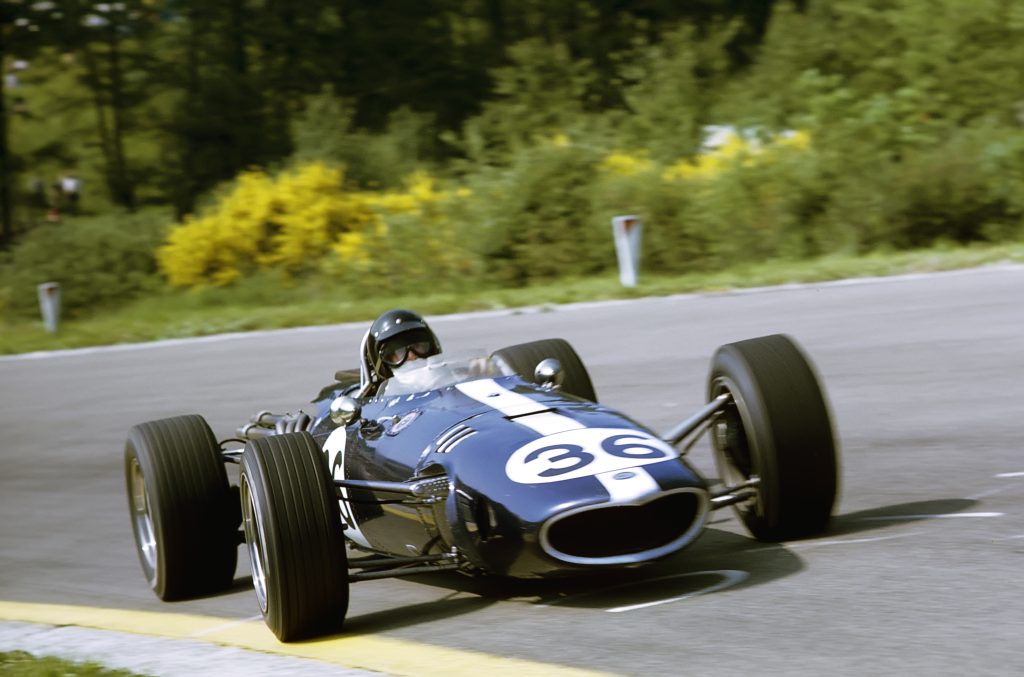
Gurney founded All-American Racers (AAR) in 1964. The California team’s Rye-based F1 group, Anglo-American Racers, made its debut in 1966, unleashing a dark blue Eagle T1G on the F1 grid.
After a year struggling with the slug-slow four-cylinder Climax engine, Gurney opted for the smooth, powerful Weslake V12. The new motor transformed the Eagle into a winner. Gurney triumphed at Spa in the combination’s fourth race.
However, the Eagle T1G also left the sport in a rather embarrassing fashion. Despite the success, money was running short, and by 1968, Gurney abandoned Formula 1 without scoring a single point. Things got worse. With the original Climax engine back in the car, Canadian amateur racer Al Pease hopped in the Eagle for his home grand prix. In what would be the Eagle’s final race, Pease was disqualified after 22 laps. The reason? He was driving too slowly.
2. Team Penske
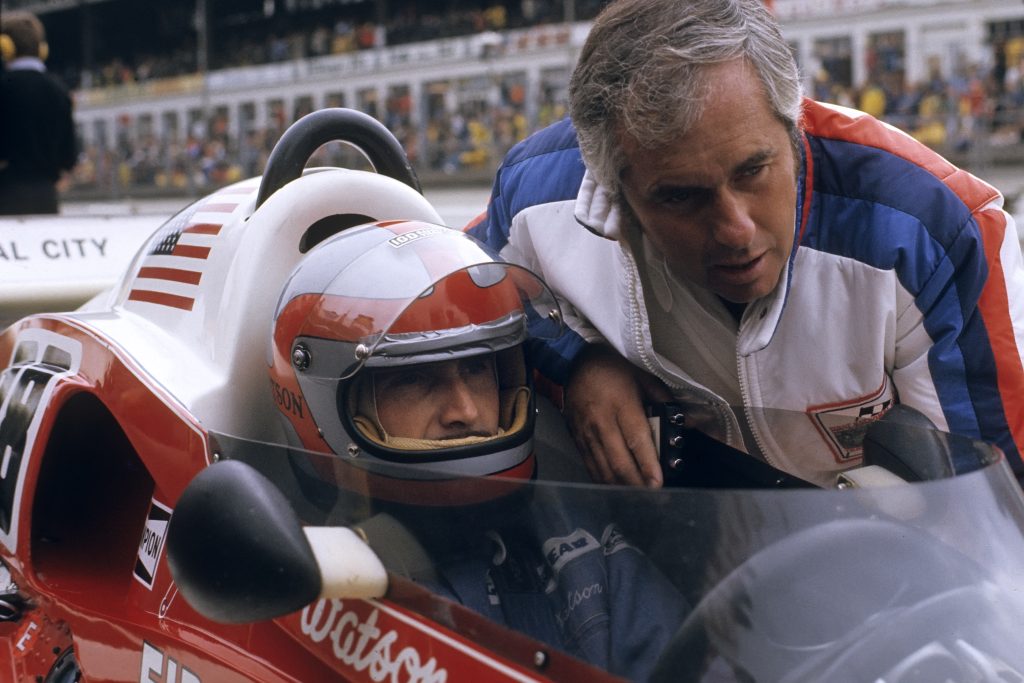
In 1974, the team with the most wins in the Indianapolis 500 turned its focus to Formula 1. The group was able to pry Mark Donohue from retirement, too.
Success was all but guaranteed.
Fate had other ideas. Penske’s debut car, the PC1, was a bear to drive. (Although Donohue did notch a fifth place before Penske swapped to March race cars.) Then, things got worse when Donohue was killed practising for the 1975 Austrian Grand Prix.
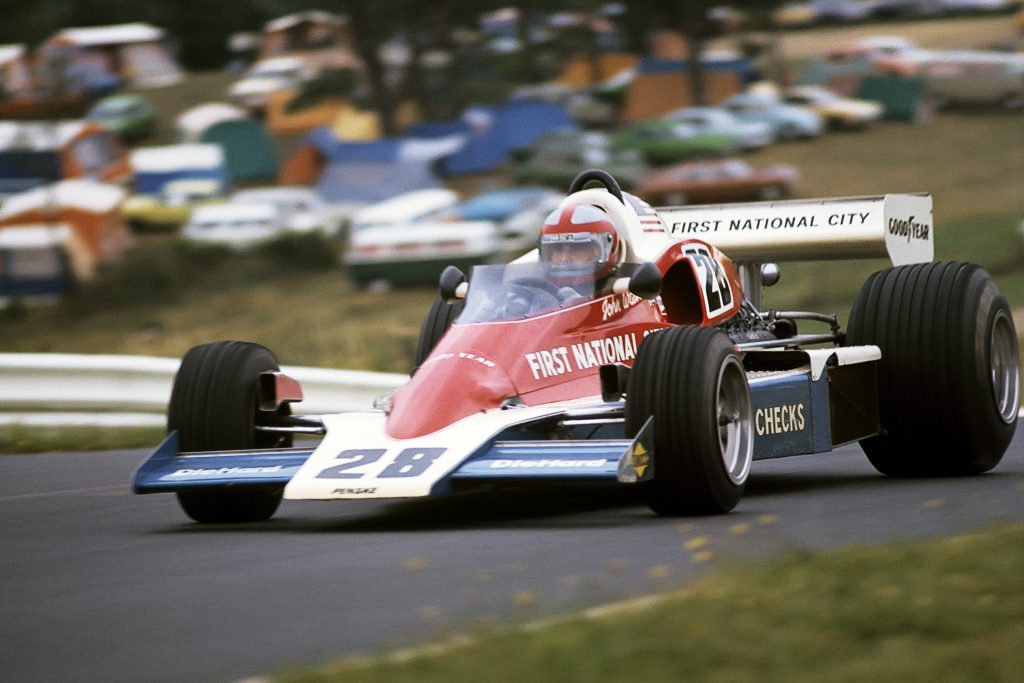
John Watson assumed driving duties. For 1976, Penske produced the much-improved PC3. It followed the improved car with an even faster rig: the PC4. Watson scored an emotional win – fittingly, back in Austria. The only loser was the Brit’s beard, which he cut after a bet with facial hair-hating boss Roger Penske.
Even after winning its 27th race, the early success couldn’t convince Penske to remain in F1. At the end of 1976, he rang Watson to tell him his team was consolidating in the US, meaning no more F1. Watson’s PC4 remains the last American-registered car to win a grand prix.
1. Shadow Racing Cars
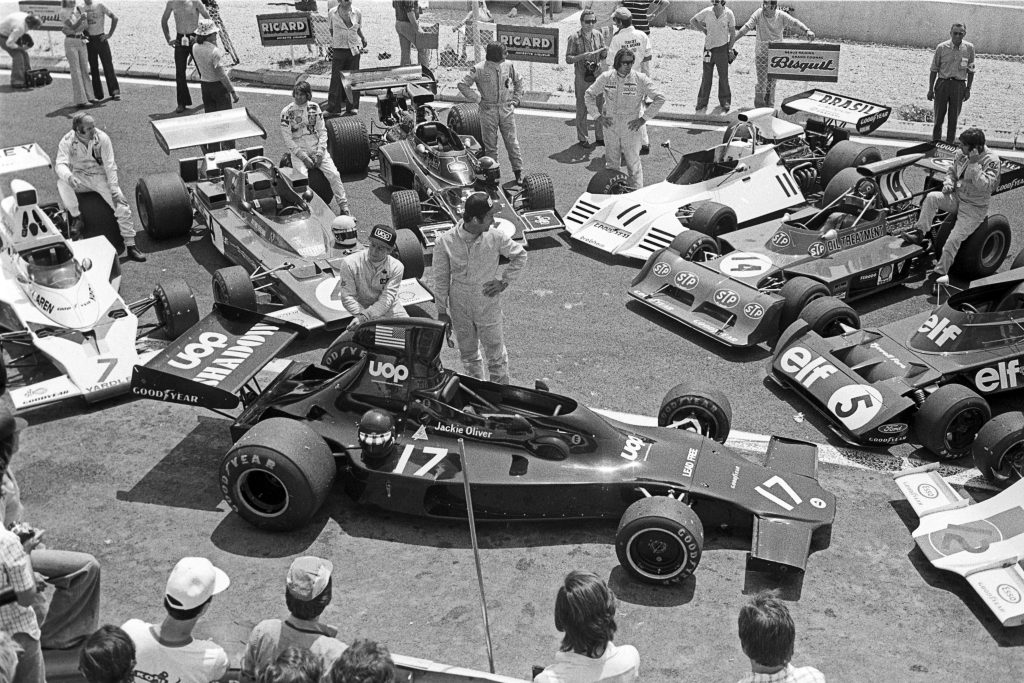
Shadow Racing Cars attempted F1 after a successful spell racing sports cars in the United States. With a base near Silverstone circuit, the team was established by American entrepreneur Don Nichols using financial backing from Universal Oil Products. Its jet-black livery drew the eyes.
Shadow’s first season, in 1973, started well with a third-place finish in only its fourth race. The next year, two-time F1 winner Peter Revson joined but was killed shortly after in a testing accident.
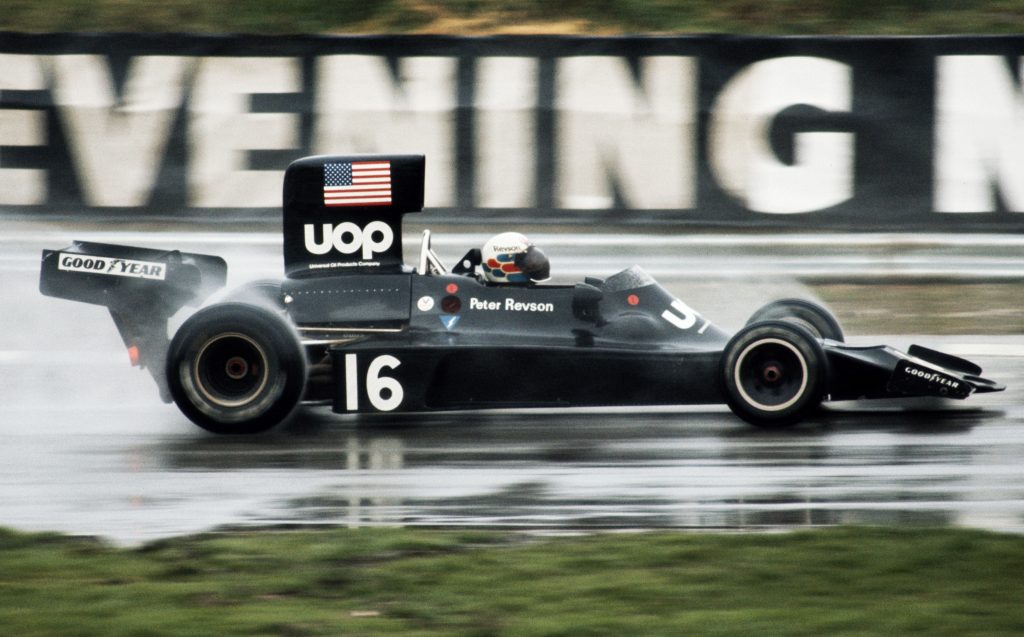
The following years promised much but delivered little – Shadow race cars were fast yet fragile. The team suffered tragedy again, in 1977, when Tom Pryce died following a freak crash in South Africa. The Welshman’s successor, Alan Jones, took Shadow’s first and only win at that year’s Austrian Grand Prix. By the end of the season, many Shadow staffers walked out to form Arrows Grand Prix International race team. It was the beginning of the end.
In the end, Shadow scored more points than any other team on this list, prior to the pre-2010 points system, a feather in the cap of history’s most successful American F1 team.
Via Hagerty US
Read more
Ford in Formula One: The highs and lows
The likely lads in a lock-up who made it to the F1 grid
In the Moment: When Williams broke Formula 1


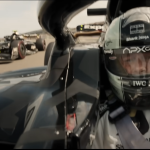



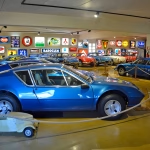

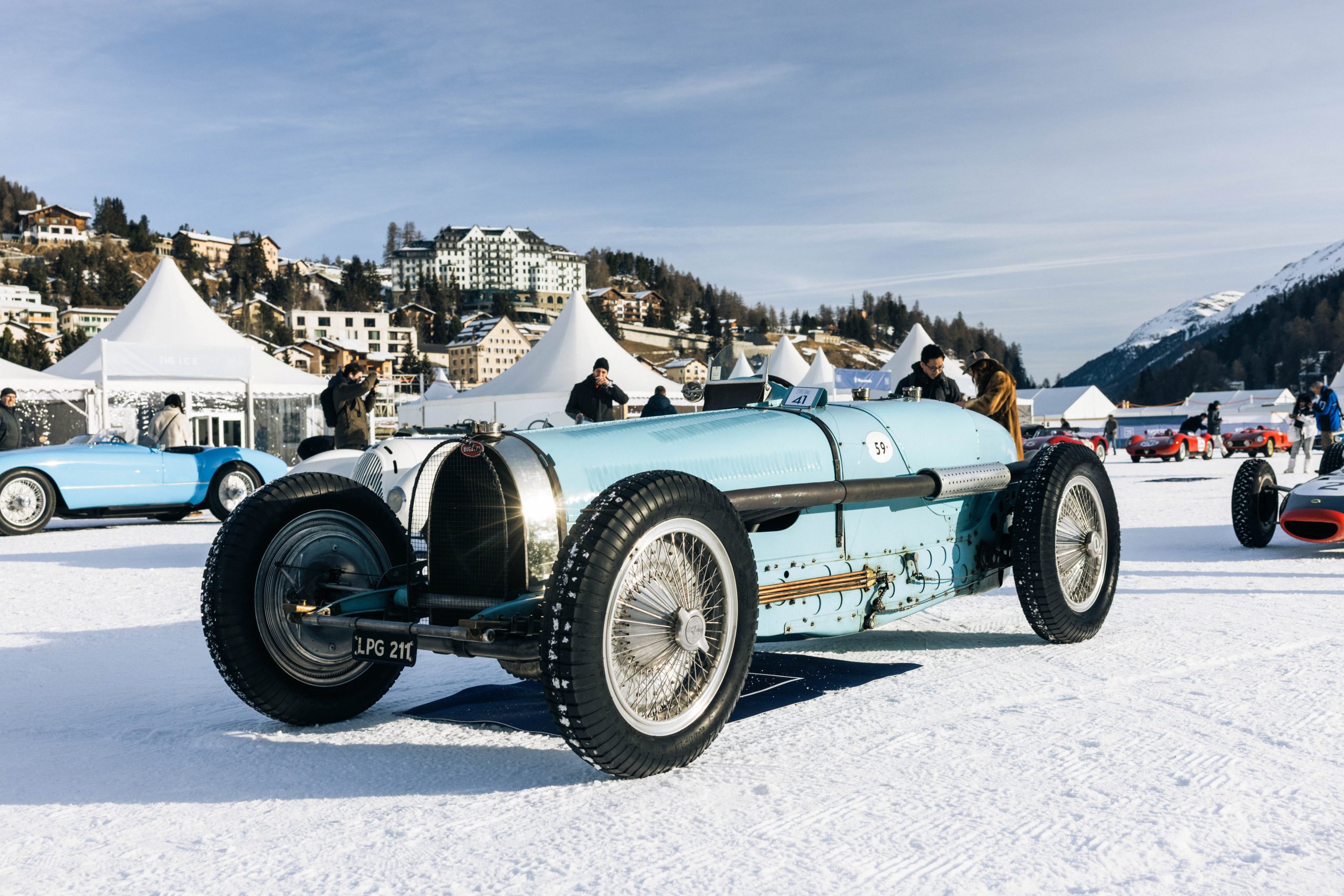

Excellent. I just love reading all the news. Unfortunately I am old enough to remember and take part in some of it. Wonderful memories. Keep them coming. Makes my day.